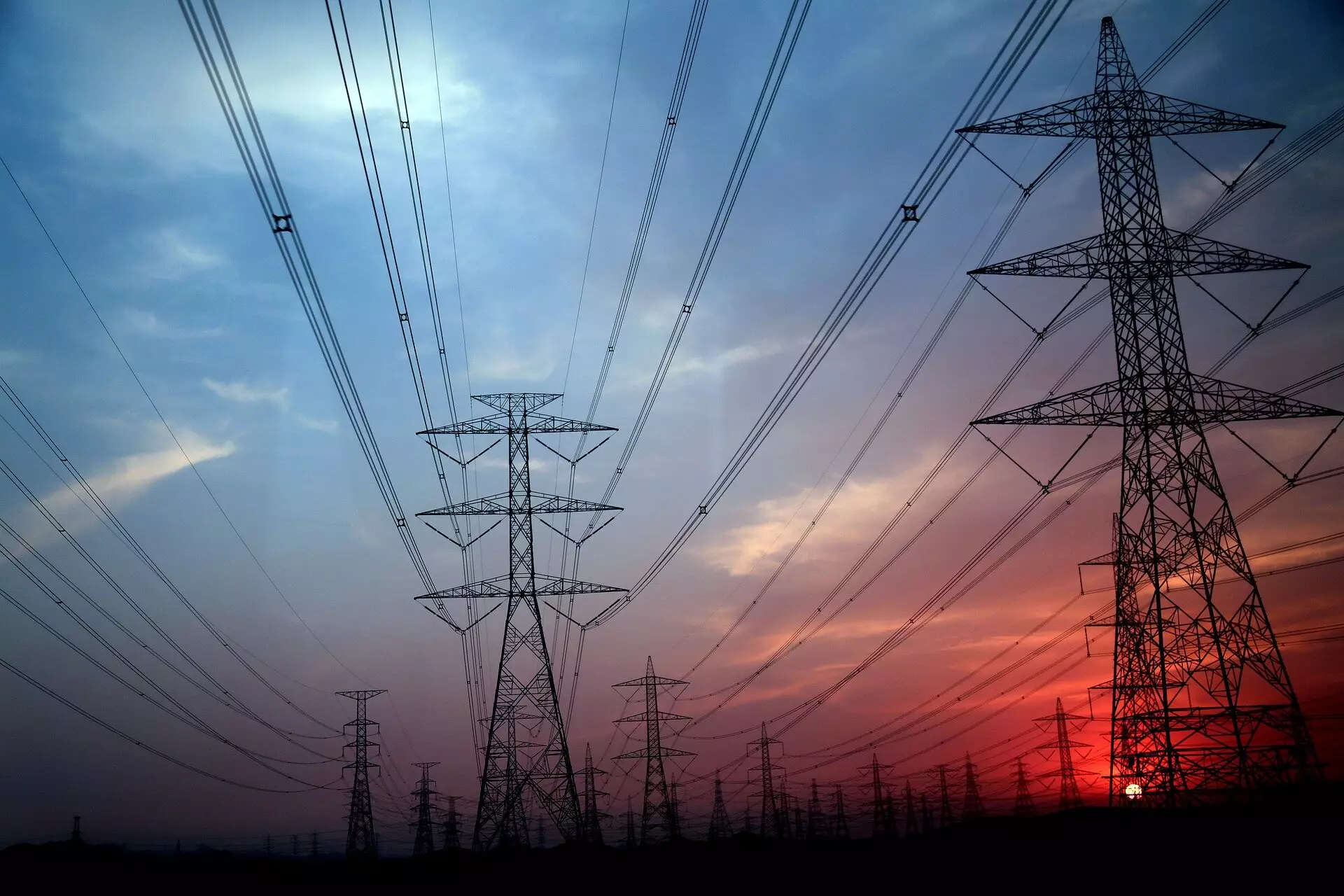As we traverse into a more environmentally conscious era, the energy sector in the United States is undergoing monumental changes. The competition between gas and electric utilities is intensifying, particularly as policies promoting clean energy advocate for a more electric-centric approach. This transformation necessitates a re-evaluation of regulatory frameworks by state public utility commissions (PUCs), as highlighted in a recent white paper from scholars at Stanford University and the University of Notre Dame. The urgency of their recommendations underscores a critical juncture for energy regulation aimed at achieving decarbonization.
The white paper, titled “The Unseen Competition in the Energy Transition,” argues for the unification of gas and electric utilities to facilitate a more coordinated and efficient transition to zero-carbon energy systems. Historically, gas and electricity have functioned as distinct entities, with gas utilities predominantly serving heating and cooking needs. However, the recent push toward electrification, aided by efficient technologies like heat pumps and induction stoves, has altered this dynamic. This increasing overlap between gas and electric services not only raises the specter of competition but also creates potential pitfalls if regulatory bodies do not adapt.
Joshua Lappen, a co-author of the paper, notes that regulators are enveloped in complex concerns—environmental sustainability, public safety, and social equity—all while wrestling with the need to decarbonize gas networks. Ignoring the competitive landscape between these two utilities could impede progress, inflate costs, and disproportionately affect low-income consumers who rely on these services.
The white paper raises critical concerns regarding the economic implications of a fragmented utility landscape. If gas and electric utilities continue to provide overlapping services without centralized planning, the result will be a system fraught with inefficiencies. Consumers may find themselves bearing the financial burden of maintaining two separate distribution systems, contrary to the opportunity for a more streamlined approach. The authors argue that outdated regulatory frameworks could lock in unwarranted investments in fossil fuel infrastructure, leading to higher rates for customers and an overall delay in the achievement of climate goals.
Additionally, the introduction of federal subsidies for electric appliances via the Inflation Reduction Act exacerbates this competitive tension. Gas utilities are forced to confront technological advancements that undermine their traditional market dominance, leading to aggressive lobbying and potentially harmful defensive strategies, further complicating the regulatory landscape.
Central to the authors’ argument is the proposal for regulatory entities to approach gas and electric utilities as parts of a unified energy sector. By consolidating planning processes, PUCs can envisage a more integrated energy future where investments are optimized across both utilities, reduce stranded assets, and promote equitable decarbonization.
The prospect of merging gas and electric utilities poses its challenges; however, it may lead to greater efficiency and reliability in service delivery. By encouraging this integration, regulators can help create a smoother transition to electric-based systems while ensuring that the needs of all consumers are met. This proactive approach could alleviate financial pressures on ratepayers while simultaneously addressing the pressing issues of climate change.
The white paper warns of significant risks if regulatory bodies fail to take action. With the current competitive environment, gas utilities may be incentivized to continue investments in fossil fuel infrastructure that are misaligned with long-term decarbonization strategies. This misalignment could leave consumers vulnerable to mounting costs and increased carbon emissions.
Amanda Zerbe, another co-author, asserts the need for a paradigm shift, noting that the evolving climate landscape necessitates a departure from the traditional siloed approach to utility regulation. The authors advocate for a harmonious regulatory framework that acknowledges the unique roles both gas and electric utilities can play in a decarbonized future.
The recommendations put forth in the Stanford and Notre Dame white paper reflect an urgent need for thoughtful regulation in the face of evolving energy competition. By treating gas and electric utilities as interconnected components of a single energy system, regulators can foster a more efficient, equitable, and accelerated transition to sustainable energy solutions. With the stakes as high as they are, it is imperative for regulators to rise to the occasion and work collaboratively to reshape the future of energy in the United States. Only through unified efforts can we hope to achieve the ambitious climate goals we have set for ourselves.


Leave a Reply